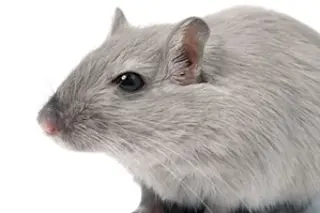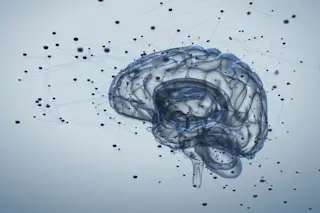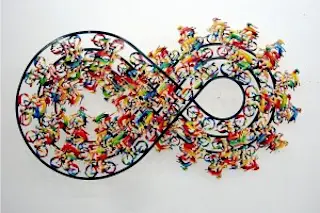You won’t find more mentally ill mice per square mile anywhere than in Bar Harbor, Maine. Mice who seem anxious or depressed, autistic or schizophrenic—they congregate here. Mice who model learning disabilities or anorexia; mice who hop around as though your hyperactive nephew had contracted into a tiny fur ball; they are here too. Name an affliction of the human mind, and you can probably find its avatar on this sprucy, secluded island.
The imbalanced mice are kept under the strictest security, in locked wards at the Jackson Laboratory, a nonprofit biomedical facility internationally renowned for its specially bred deranged rodents. Every day trucks carry away boxes and boxes of them for distribution to psychiatric researchers across the nation.
There are no visiting hours, because strangers fluster the mice and might carry in contagious diseases. The animals are attended only by highly qualified caregivers, people like neuroscientist Elissa Chesler. Sitting ...














